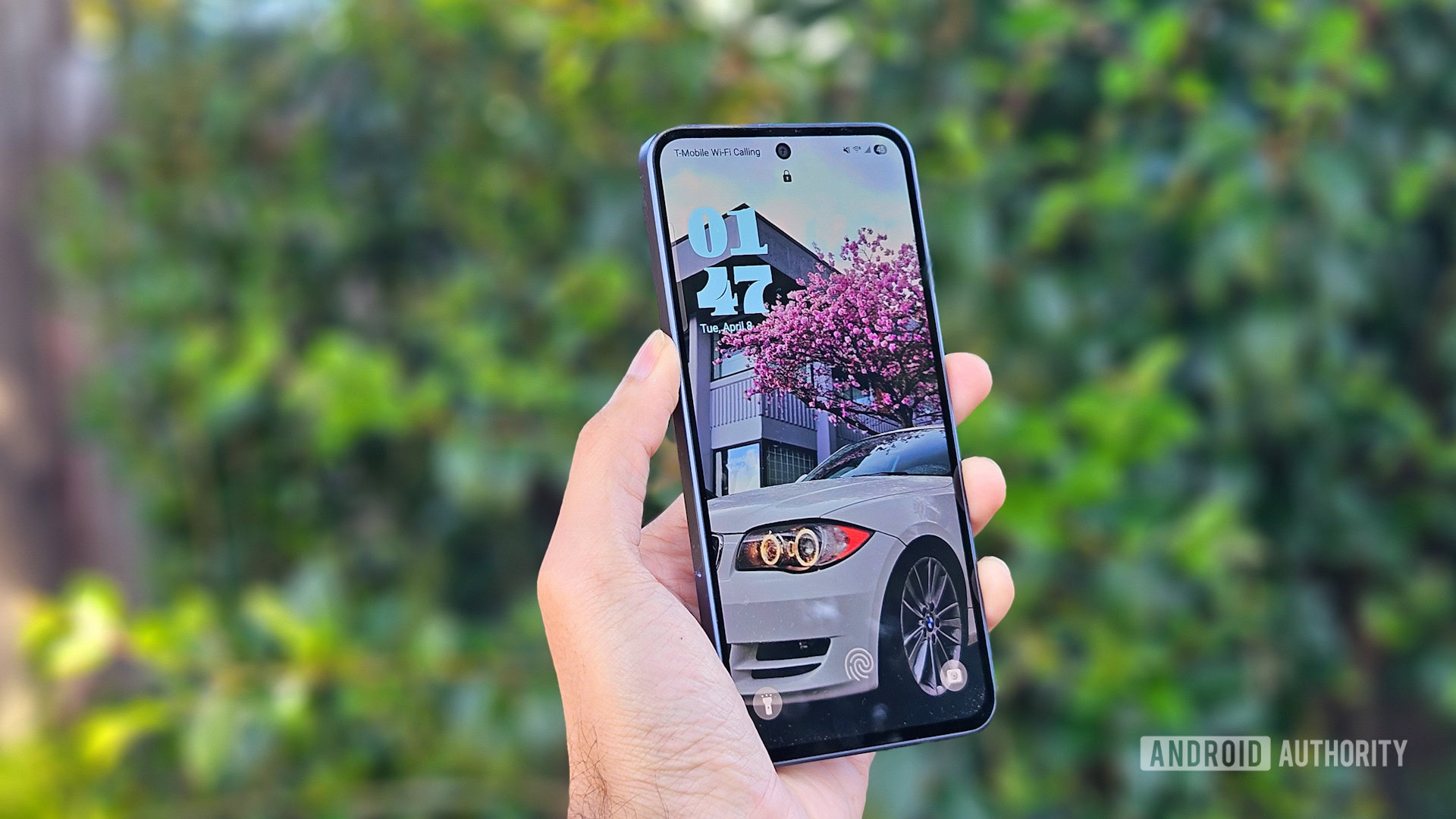The History of Botox: From Medical Use to Cosmetic Marvel
Botox has become a household name in the world of cosmetic treatments, often associated with wrinkle-free skin and youthful appearances. However, the journey of Botox from a potent neurotoxin to a celebrated aesthetic solution is nothing short of fascinating.

Botox has become a household name in the world of cosmetic treatments, often associated with wrinkle-free skin and youthful appearances. However, the journey of Botox from a potent neurotoxin to a celebrated aesthetic solution is nothing short of fascinating. Originally developed for medical purposes, Botox has evolved over the decades into a trusted tool for both therapeutic and cosmetic enhancements. Today, Botox in Islamabad is one of the most sought-after non-surgical procedures, offering impressive results with minimal downtime.
Early Discovery: A Dangerous Toxin
The story of Botox begins in the 1800s when a German physician, Dr. Justinus Kerner, first explored the effects of a mysterious substance responsible for a severe type of food poisoning—botulism. He identified that a toxin produced by the bacterium Clostridium botulinum was the cause. Kerner speculated that the toxin could be used therapeutically in small doses to inhibit overactive muscular conditions, laying the groundwork for future research.
Later, in the 1920s, scientists at the University of California isolated the botulinum toxin in a purer form, allowing further study. The real breakthrough, however, came much later with the development of purified forms of the toxin for medical use.
1970s: The First Medical Applications
In the 1970s, Dr. Alan Scott, an American ophthalmologist, explored the use of botulinum toxin to treat strabismus, a condition where the eyes are misaligned. He observed that the toxin temporarily weakened overactive eye muscles, effectively improving alignment. By 1978, he had conducted human trials and achieved promising results.
Dr. Scott named the substance “Oculinum,” and in 1989, it was approved by the U.S. Food and Drug Administration (FDA) for treating strabismus and blepharospasm (uncontrollable blinking). Shortly after, the pharmaceutical company Allergan acquired the rights, rebranding it as “Botox.”
The Unexpected Cosmetic Discovery
Botox’s transition into the cosmetic industry was somewhat accidental. In the early 1990s, while treating patients for eye and facial muscle disorders, doctors noticed that Botox also reduced the appearance of wrinkles—particularly around the forehead and eyes. Dr. Jean Carruthers, a Canadian ophthalmologist, and her husband Dr. Alastair Carruthers, a dermatologist, were the first to document and study these cosmetic effects in a clinical setting.
They found that Botox could temporarily relax facial muscles that cause dynamic wrinkles, such as crow’s feet and frown lines. In 2002, the FDA approved Botox for cosmetic use to treat glabellar lines (frown lines between the eyebrows), officially launching it into mainstream aesthetics.
Botox’s Rise in Popularity
The 2000s marked an era of tremendous growth for Botox in the cosmetic industry. Its ability to provide quick, non-invasive, and relatively painless wrinkle reduction made it a favorite among celebrities, professionals, and everyday individuals seeking youthful enhancements without surgery.
People quickly embraced Botox not only for its cosmetic benefits but also for its convenience. A treatment session often takes less than 30 minutes, with minimal side effects and no recovery time—making it a popular “lunchtime procedure.”
Botox's appeal spans all ages and genders. While it was once more commonly associated with women, men have increasingly turned to Botox for a refreshed and polished appearance.
Expanding Medical Applications
While Botox gained fame for its cosmetic use, its medical applications have continued to grow. Today, Botox is approved and used for a wide range of medical conditions, including:
-
Chronic migraines
-
Overactive bladder
-
Excessive sweating (hyperhidrosis)
-
Cervical dystonia (neck spasms)
-
Bruxism (teeth grinding)
-
Depression (under investigation in clinical studies)
Each of these treatments works on the same principle—Botox temporarily blocks the release of acetylcholine, a neurotransmitter responsible for muscle contractions. By reducing muscle activity, Botox provides relief in various medical conditions, proving its value far beyond aesthetics.
Advances in Botox Technology
Over the years, researchers have worked to improve the safety, precision, and effectiveness of Botox injections. Modern formulations are refined to minimize side effects while maximizing results. Dosage techniques have become more sophisticated, allowing practitioners to tailor treatments based on facial anatomy, desired outcome, and individual goals.
Innovations have also led to the development of alternative botulinum toxin products, such as Dysport and Xeomin, offering patients more choices in their treatment options.
The Global Spread of Botox
Botox is now used in more than 90 countries, with millions of procedures performed annually. In regions like Islamabad, the availability of high-quality aesthetic clinics and certified professionals has made Botox more accessible than ever before. As public awareness and interest continue to grow, Botox is no longer viewed as a luxury for the elite, but a common part of modern skincare and wellness routines.
Botox in Modern Cosmetic Culture
In today’s beauty landscape, Botox is often considered a gateway to aesthetic treatments. Many individuals begin their cosmetic journey with Botox due to its temporary effects and non-invasive nature. It has also gained popularity as a preventive tool among younger adults looking to stop wrinkles before they form—a concept known as “preventive Botox.”
Social media and the increasing openness around cosmetic procedures have played a significant role in normalizing Botox. Influencers and professionals openly discuss their experiences, further reducing the stigma once associated with cosmetic enhancements.
The Future of Botox
The journey of Botox is far from over. Ongoing research is exploring new uses for the toxin, including treatments for mental health disorders, gastrointestinal conditions, and even cancer-related side effects. The cosmetic industry is also experimenting with combination therapies—using Botox alongside fillers, lasers, and skincare routines to enhance overall outcomes.
As patient demand continues to evolve, Botox will likely remain a cornerstone of both medical and aesthetic care for years to come.
Conclusion
From a dangerous toxin to a global cosmetic marvel, Botox has undergone a remarkable transformation. Its path from treating eye disorders to smoothing fine lines highlights both scientific ingenuity and the dynamic nature of modern medicine. Today, Botox represents more than just a beauty solution—it stands as a symbol of innovation, confidence, and personalized care.
If you're considering Botox in Islamabad, it’s essential to consult with experienced professionals who understand the nuances of facial anatomy and patient needs. Dynamic Clinic in Islamabad offers world-class Botox treatments administered by qualified experts, ensuring safe procedures and natural-looking results tailored to your goals.
What's Your Reaction?
 Like
0
Like
0
 Dislike
0
Dislike
0
 Love
0
Love
0
 Funny
0
Funny
0
 Angry
0
Angry
0
 Sad
0
Sad
0
 Wow
0
Wow
0
























































